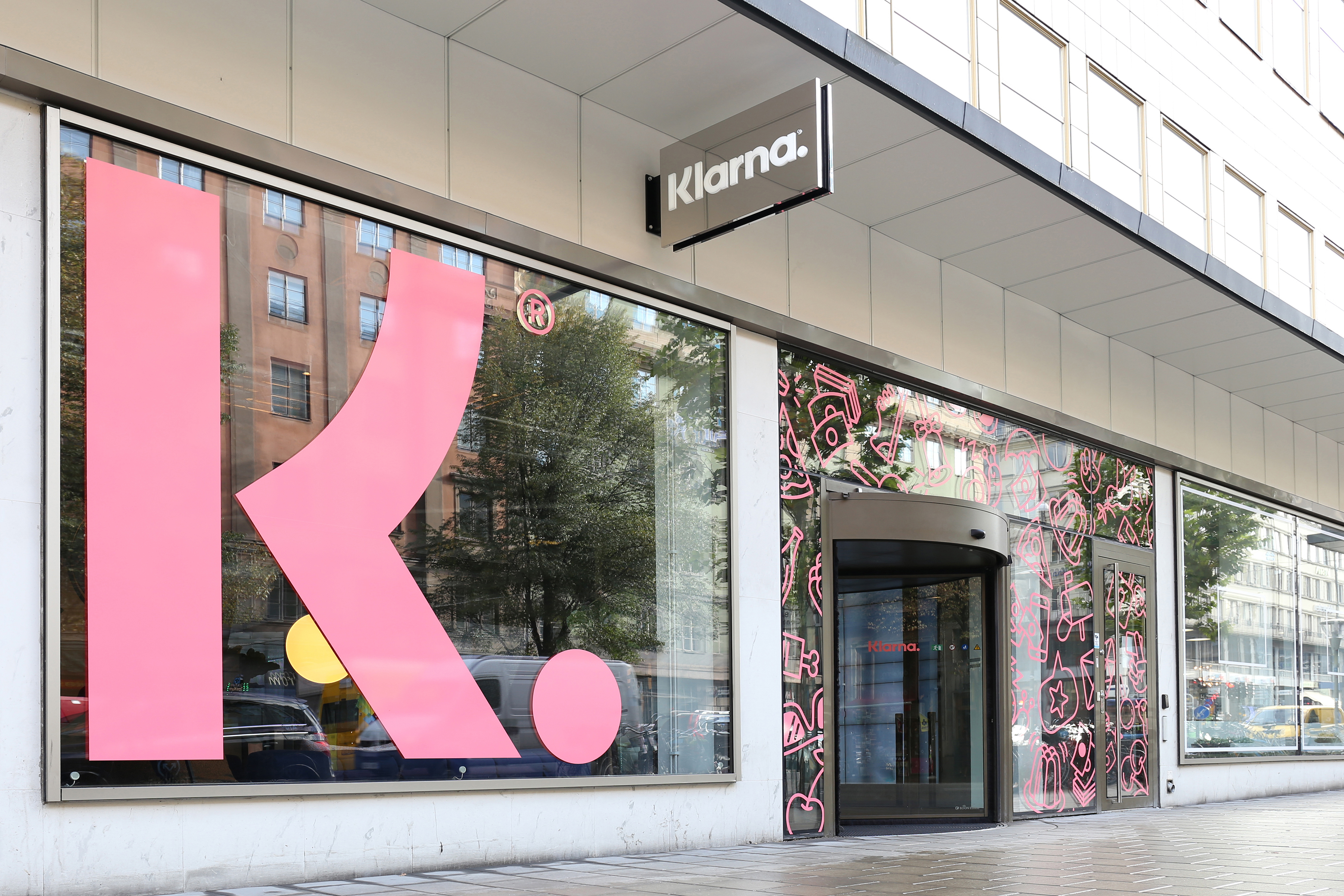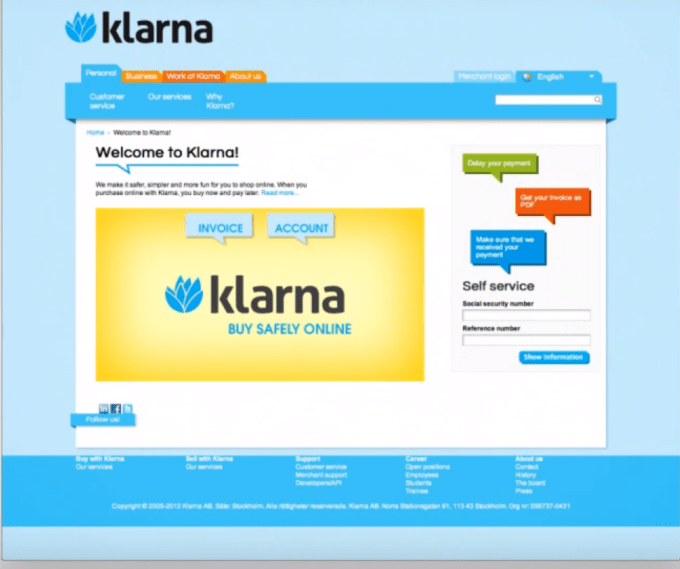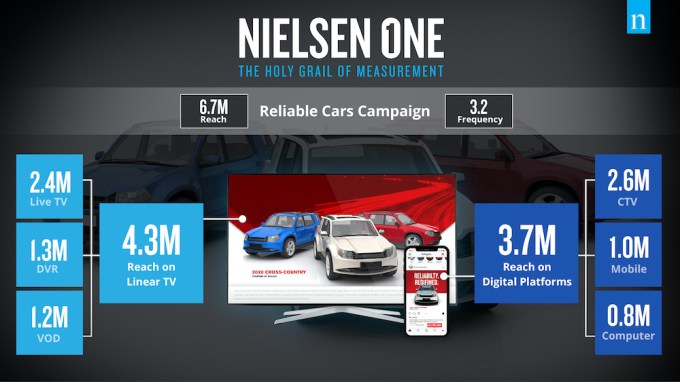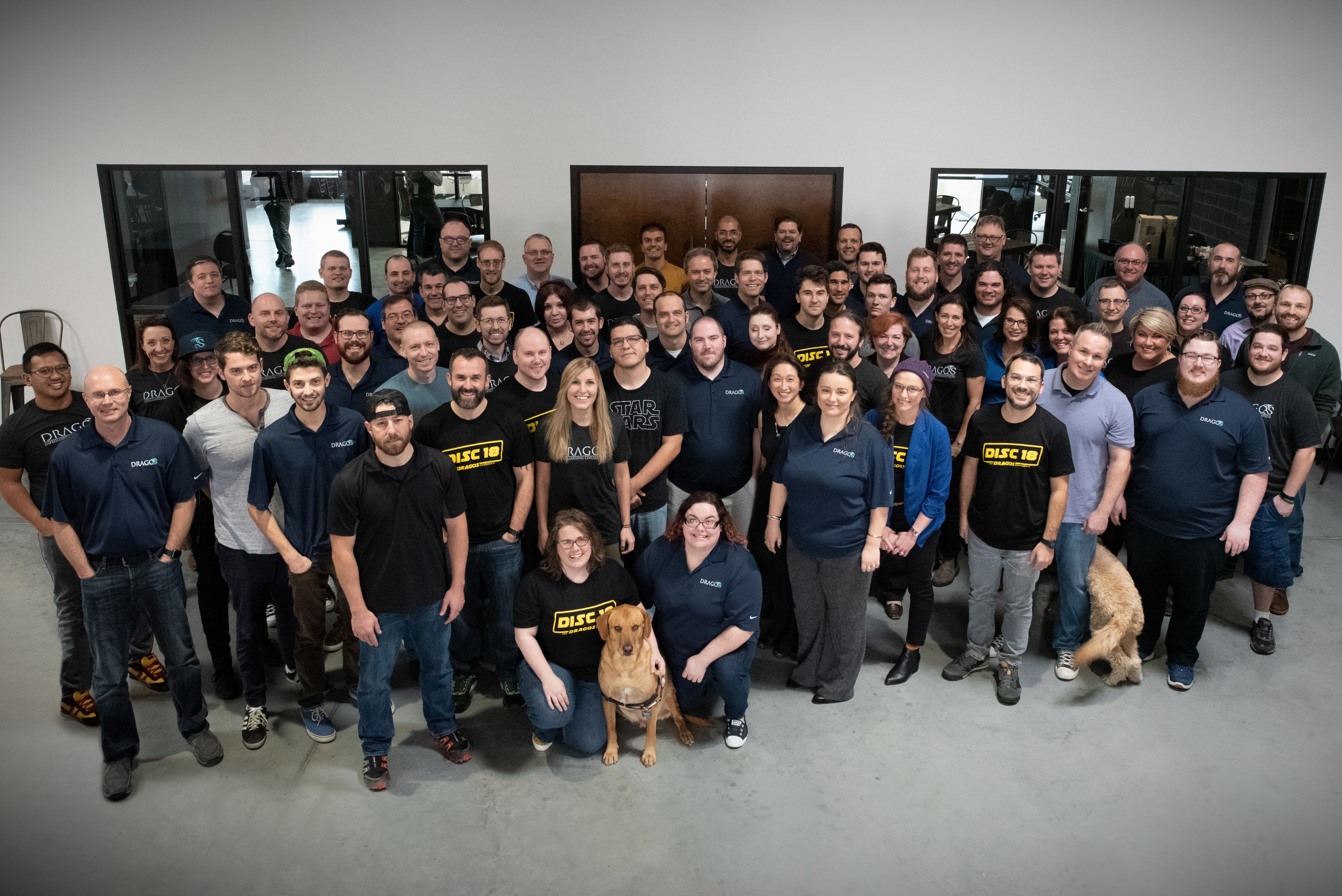- December 8, 2020
- by:
- in: Blog
Sebastian Siemiatkowski, the co-founder and CEO of Klarna — the Swedish fintech “buy now, pay later” sensation that is currently Europe’s most valuable private tech company — is dismissive of the suggestion that non U.S. companies should relocate to Silicon Valley if they really want to grow. “We did hear that and I think it’s
Sebastian Siemiatkowski, the co-founder and CEO of Klarna — the Swedish fintech “buy now, pay later” sensation that is currently Europe’s most valuable private tech company — is dismissive of the suggestion that non U.S. companies should relocate to Silicon Valley if they really want to grow.
“We did hear that and I think it’s very poor advice,” he says. An overheated market for tech talent and the fickle nature of employees that are constantly job-hopping, he argues, make it harder to build a company for the long term.
Then he goes further.
“When I went to San Francisco for the first time about 10 years ago, [it] was a magical place. It was the early days of Facebook, there was an amazing vibe. When I go to San Francisco today, it’s changed to become, in my opinion, fairly cold.”
Siemiatkowski, a Swedish national and the son of two immigrants from Poland, is also sceptical of the “American dream.” In contrast to America, he points out how Sweden is among the most successful societies in the world from a social mobility perspective — referencing its free education and free health care, which sets up as many people as possible for success. But there is one caveat: he doesn’t think first-generation immigrants in Sweden do nearly as well as their children.
“We didn’t have a lot of money,” he tells me. “My father was driving a cab, he was unemployed for many years, even though he had basically a doctorate in agronomy. That’s kind of the unfortunate part of this, but that has obviously created a massive amount of hunger with me.”
As second generation success stories go, the rise of Klarna is up there with the best, even if it has already been 15 years in the making.
Backed by the likes of Sequoia, Silverlake, and Atomico, a new $650 million funding round in September gave the company a whopping $10.65 billion valuation — almost double the price achieved a year earlier, cementing its status as a poster child for Europe’s ability to build tech companies valued far above $1 billion. Siemiatkowski still owns an 8.1 percent stake.
Klarna is also, perhaps, even more mythical than a unicorn: a fintech that has been profitable nearly from the get-go. That only changed in 2019, when it decided to incur losses in favor of investing millions trying to conquer the U.S. market, choosing New York and L.A. over San Francisco for its American offices.
The company has been built on the concept of giving consumers a way to buy things online without having to pay for them upfront, and without resorting to a credit card. It does this both by offering online retailer integrations where Klarna appears as an option at check out, and through its own “shopping mall” app, where users can browse all the stores that let you pay with Klarna. On the back of this, the company hopes to foster a bigger financial relationship with its users as a fully-fledged bank.
If a bank is partly about corralling enough users on to your platform to pay money in and out, Klarna is well on its way. Today, the company boasts a registered customer base of 90 million, 11 million of which are in the U.S. In the last year alone, 21 million users were added globally. Klarna’s direct to consumer app, which sits alongside its 200,000 strong merchant point of sale integrations, has 14 million active users globally. Combined, Klarna is processing over 1 million transactions per day through its platform.

Image Credits: Klarna
This growth has continued apace as Klarna rides one macro trend and bucks another: Prompted by the pandemic, e-commerce has gone gangbusters, while, conversely, consumer credit as a whole has been in decline as people are paying down longer-term debt in record numbers. Even before COVID-19, Klarna and other buy now, pay later providers had been successfully picking up the slack created by a credit card market that, in some countries, has been steadily contracting.
Yet with a business model that generates the majority of its revenue by offering consumers short-term credit — and against a backdrop where the idea of easy credit and infinite consumption is increasingly criticised — the fintech giant is not without detractors.
When I mention Klarna to people who work in the European tech industry, the reaction tends to fall into one of three camps: those who reference the company’s “weird” above the line advertising and social media campaigns; those who use the service regularly and talk in terms of guilty pleasures; and those who are outright scornful of the impact on society they perceive Klarna to be making. And it’s true: You can’t help but be suspicious of something that gives consumers the feeling that they can spend money they might not have. And those “Smoooth” ads (below) certainly don’t offer much reassurance.
Delve a little deeper, however, and it becomes clear that the company’s business model can be misunderstood and that the arguments playing out in the media for and against buy now, pay later is only one part of the Klarna story.
In a wide-ranging interview, Siemiatkowski confronts criticisms head on, including that Klarna makes it too easy to get into debt, and that buy now, pay later needs to be regulated. We also discuss Klarna’s business model and the balancing act required to win over consumers and keep merchants onside.
We also learn how, under his watch and as the company began to scale, Klarna missed the next big opportunity in fintech, instead being usurped by Adyen and Stripe. Siemiatkowski also shares what’s next for the company as it ventures further into the world of retail banking after gaining a bank license in 2017.
And, told publicly for the first time, Siemiatkowski reveals how he once sought out PayPal co-founder Max Levchin as an advisor, only to learn a little later that he had started Affirm, one of Klarna’s most direct U.S. competitors and sometimes described by Europeans as a Klarna clone.
But first, let’s go back to the beginning.
Klarna’s first ever transaction took place at 11:06:40 am on April 10, 2005 at a Swedish bookshop called Pocketklubben, according to the abbreviated history published on the company’s website. However, what is made less explicit is that there was likely very little technology involved. The real innovation was a business one, with Klarna’s young and non-technical founders, Sebastian Siemiatkowski, Niklas Adalberth and Victor Jacobsso, taking an old idea and reconfiguring it for the burgeoning e-commerce industry.
By enabling customers that shopped online to be mailed an invoice with 30 days to pay, online shopping could be made easier and safer for consumers, which in turn helped increase sales for retailers.

“The invoicing company”
“When they started, they didn’t position themselves so much as a startup or as a tech company,” recalls Skype founder Niklas Zennström, whose venture capital firm Atomico would eventually become a Klarna investor in 2012. “People referred to them as the invoicing company.”
Today, Klarna is most certainly a tech company, employing 1,300 software engineers out of a staff of over 3,500. The company is now entirely cloud based and with various fully automated processes, from credit risk processing to algorithms in the Klarna shopping app to personalize content for individual consumers to AI/machine learning for 24 hour customer service.
Crucially, however, even this early and rudimentary version of what would become ‘buy now, pay later’ ticked two important boxes. Consumers, especially those who were distrusting of e-commerce, could be sure they’d receive goods before being charged, and if for any reason a product needed to be returned, customers wouldn’t have to wait weeks to be reimbursed as they hadn’t outlaid cash in the first place. Arguably both problems were already solved by credit cards, but in countries like Sweden, credit card take up was low, while the humble debit card doesn’t carry the same consumer protections as a credit card.
“The reason that we were able to launch it and be successful was because we were in a market where debit cards were much more prevalent than credit cards,” says Siemiatkowski. “And most people who have credit cards don’t reflect on the fact that if you have a debit card and you shop online, you face a number of struggles that a credit card holder does not.”
Those “struggles” include tying up your own money for the time it takes to return an item and process a refund. In contrast, when you spend on a credit card, the merchant is effectively holding your credit card company’s money.
“If I am buying some items and feel a bit unsafe about the merchant I’m using, if there’s a credit card, I don’t feel like I’m risking my money. If it’s my salary money you’re actually holding as a merchant for three weeks while you’re processing the return, that’s a problem,” Siemiatkowski argues.
Instead, Klarna would step in and offer to pay the merchant up front while providing customers 30 days to settle their invoice. Later this would be extended to include installments as an option. In return for taking on all of the risk and promising to increase conversions, merchants would give the Swedish upstart a percentage cut of the transactions.
“They wanted to make it really simple by just putting in your name, your Social Security number, and then you can instantaneously get an option to get an invoice sent to you later on. So what it did was remove a lot of friction from buying,” says Zennström.
Meanwhile, the more retailers sold, the more revenue Klarna would generate, all without consumers having to be charged interest on what might otherwise be described as a short-term loan. Pitch perfect, you might think. However, in early 2005 and before the company was incorporated, the concept was stress-tested at a “Shark Tank”-style event held at the Stockholm School of Economics and attended by the King of Sweden. The judging panel, made up of prominent Swedish financiers, were not convinced and Klarna’s invoicing idea came last in the competition. Despite the loss, Siemiatkowski held on to feedback from an unknown member of the audience, who surmised that banks would never launch something similar. Siemiatkowski left undeterred.
Angel investment from a former Erlang Systems sales manager, Jane Walerud, followed and she put Klarna’s founders in contact with a team of developers who helped build the first version of the platform. However, it soon surfaced that there was a misunderstanding in relation to the equity promised and how it should be linked to a longer commitment to the project.
Reflects Siemiatkowski: “One of the drawbacks that we had at the company was that none of the three co-founders had any engineering background; we couldn’t code. We were connected to five engineers that by themselves were amazing engineers, but we had a slight misunderstanding. Their idea was that they were going to come in, build a prototype, ship it, and then leave for 37% of the equity. Our understanding was that they were going to come in, ship it, and if it started scaling they would stay with us and work for a longer period of time. This is the classic mistake that you do as a startup.”
Eventually, the original five engineers quit, leaving Siemiatkowski to manage something he didn’t understand. “We obviously hired a CTO, but I also needed to be able to evaluate his decision making and all of these things in order to be able to assess whether we had the right setup to achieve what we want to achieve,” he says.
Between 2006 and 2008, Klarna continued to grow as more people started shopping online. The company expanded beyond Sweden to neighboring Nordic countries Norway, Finland and Denmark, with a headcount that had reached 120 employees. Even though there were signs of growth, Siemiatkowski says it still took a long time to realise that if Klarna was ever going to be really successful, it needed to fully transform into a tech company.
“We were really good at sales, we were okay at marketing, [and] we were service oriented: we really delivered to our customers. But it wasn’t really that technology driven,” he concedes.
To attract the kind of tech talent required, Siemiatkowski decided he needed to woo a renowned tech investor. Further backing had come in 2007 from Swedish investment firm Investment AB Öresund, but by 2010 the Klarna CEO had two new targets in his sights: Niklas Zennström, the Swedish entrepreneur who had already achieved legend status back home after building and selling Skype, and Sequoia Capital, the Silicon Valley venture capital firm that had invested in Apple, Google and PayPal.
“Part of our thinking about how we make Klarna attractive for people with engineering backgrounds was to get an investor that really had the brand and could kind of put their mark on us and say, ‘this is a tech company,’” says Siemiatkowski.
There is every likelihood that Zennström’s Atomico would have joined Klarna’s cap table in 2010 if it weren’t for a single line of text published on the VC firm’s website, which read something like, “don’t contact us, we’ll contact you.” Europe’s startup ecosystem was still immature and what now seems like aloofness was probably nothing more than a crude way to deter cold pitches from non-venture type businesses. But whatever the intent, it would be another two years before the firm eventually had the opportunity to invest in Klarna at what was almost certainly a much higher valuation.
“That was our loss for being too arrogant,” says Zennström. “Clearly we didn’t pursue them, we didn’t discover them because we didn’t have them on our radar. When we got to know them [two years later], what we liked a lot as a firm was the pain point that they were addressing.
“E-commerce was a relatively low single digit penetration of all retail, but of course growing, and we have always believed that e-commerce is going to continue to grow and become bigger than physical retailers. We thought that if you can remove that friction of the payment, and offer people different payment methods, that’s a really big proposition.”
“I always tease Niklas about it,” admits Siemiatkowski. “They wanted to, you know, keep it exclusive and I get it. So we were like, ‘okay, we can’t get hold of them, so let’s talk to Sequoia instead.’”
However, cold calling Sequoia wasn’t going to cut it either, not only because the firm didn’t generally invest in Europe, but also by Siemiatkowski’s own admission, Klarna didn’t look much like a tech company at the time. Luckily, a mutual contact got wind that Sequoia was on the lookout for interesting companies in the region and Klarna’s name was promptly thrown into the mix.
“Chris [Olsen], who was working at Sequoia at the time, called me, [but] I had this idea that I needed to be hard to catch. So I decided to not call back for three days, which was a very nervous time where I was just sitting on my hands not doing anything,” he said. “It was like, I don’t want to look like I’m too interested in this. Eventually, after three days, I call back and we did an exclusive deal with them, which I don’t recommend companies do.”
In hindsight, the Klarna CEO advises that it’s always smarter to foster competition in a round. As the only show in town, Sequoia invested at a $100 million valuation. “They bought 25 percent of the company and that was kind of it,” he says.
Siemiatkowski believes a company is made up of three things.
The first he calls internal momentum: “How fast are we moving as an organisation? How good are the decisions we are taking? How much are we avoiding [company] politics? How much of a true meritocracy are we?”
The second is profit and loss.
And the third is valuation. In a small company these three things are closely correlated in time, he says, “so if you have great internal momentum, you will instantly see it in your P&L, and then you will instantly see that hopefully in your company valuation as well.”
But in a large company, because of its size, the challenge is that they start to become disconnected. “They’re obviously in the long term always 100% correlated, but in the short term, they can vary a lot,” cautions Siemiatkowski.
Unsurprisingly, fueled by Sequoia’s cash, Klarna continued to grow in 2010, ending the year with $54 million in annual revenue, an increase of 80%. In December 2011, General Atlantic and DST would invest $155 million in a round that gave Klarna the coveted status of a unicorn.
Siemiatkowski says, compared to the company’s subsequent $5.5 billion and $10.65 billion valuations, this is the one that put him under the most self-scrutiny.
“In just one and a half years, we went from $100 million to a $1 billion. And then I felt the pressure,” he tells me. “I felt like we made it such a competitive round because we wanted to compensate for what we saw partially as a mistake with Sequoia that we kind of went too far the other way.”
Klarna finally took Atomico’s money in 2012, and within two years had grown to over 1,000 employees. Along with multiple offices around the globe, the company moved to bigger headquarters in Stockholm and expanded to the U.K. with an office in central London. Yet, somewhere along the way, Siemiatkowski says Klarna had lost internal momentum.
“As the company scaled and we started adding more markets and growing fast, for me as CEO and co-founder, I found that very difficult,” he admits. “As long as we were up to 100 people, I found it easier, I understood how to talk to people, how to get things done, how to develop new products or features and so forth. It was all much less complex, and then we started approaching a couple of hundred people and I felt more and more lost in all of that.
“It was difficult, and at the same point of time, we still had a lot of success because we had built this product that worked really well and there was a lot of momentum coming solely from the product itself.”
Siemiatkowski says that most startups don’t recognize that “once you get the snowball rolling, you can actually do quite a lot of stupid things, and the snowball will continue rolling.”
The Klarna CEO doesn’t say it, but one of those “stupid things” came in 2012 when the startup faced a backlash in its home country. Instead of sending payment instructions in the post, the company had switched to email without considering that messages might go to spam or simply remain unread. This saw customers unintentionally defaulting and then being chased for payment, leading to accusations in the media that Klarna was tricking people so it could generate more revenue through late fees.







